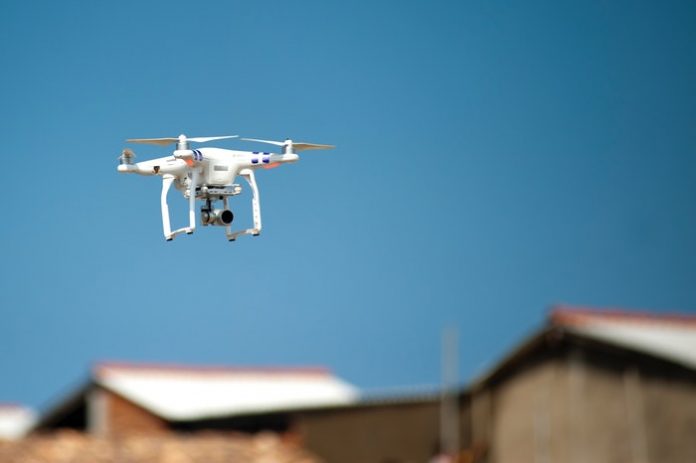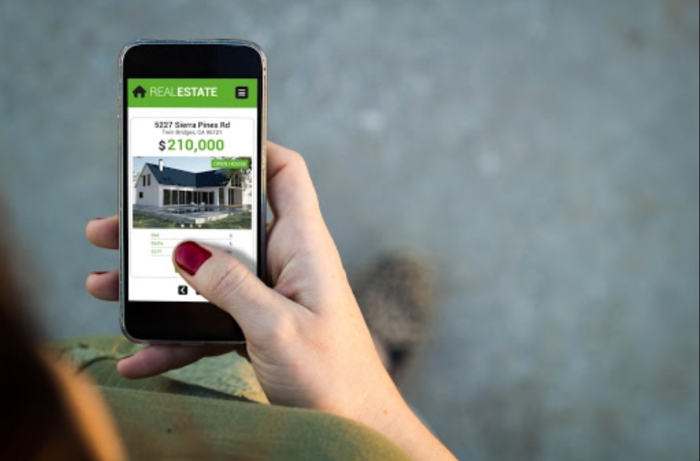When trying to sell a residential or commercial real estate, how many trips are traditionally wasted trying to narrow down the possibilities for agents’ clients? But recent changes in technology can help buyers and real estate professionals eliminate any undesirable properties without those time-consuming showings.
Imagine having the ability to ‘visit’ a prospective property (any time day or night) without having to be on site. No scheduling conflicts between buyer, seller, and a realtor. No wasted time from travel between properties.
An efficient visual marketing campaign reduces the number of showings, giving a higher chance to sell a property to a client who has already seen a house in detail online and liked it.
Latest advancements in real estate photography come at different prices, and there is something for everyone. Some of the latest realtor photography trends better suit residential property from the luxury segment and especially large commercial buildings that require more time and budget to spend on advertising.
For such properties a fine-tuned visual marketing campaign is important to make the transaction quick and efficient, as it helps to find a buyer quicker and shorten the expenses for marketing.
In contrast, ordering a 3D tour for selling a small mobile home would be ridiculous. But a seller of such a house could still benefit from recording a video tour using a mobile device and uploading it to a video sharing platform at no cost.
Read on to learn about the latest technologies and pick one that could be efficient for your type of property.
#1 360 Degree Images

What Is It?
360-degree images are commonplace for online retailers, such as Amazon. The customer clicks on the product image and can rotate it for a 360-degree view.
360-degree images are becoming more common in real estate advertising as well. With a specialized 360-degree camera, the photographer captures every part of the interior space through the camera’s viewfinder. Specialized software can then be used to stitch the images seamlessly together.
Benefits
360-degree pictures eliminate the need for a potential buyer to waste their and the agent’s time for touring the property when it’s not something the buyer wants. Instead, they can first see the property’s interior or exterior from home using the Internet and decide if they are interested to see it in person. If they are, there is much higher chance that the showing will convert into a sale.
When the buyer views a 360-degree image of a building’s exterior, they can walk around (virtually) the perimeter of the property. Interior 360-degree images allow a prospective buyer to walk through (virtually) the building. The mouse or the movement of the finger on the touch screen mimics the movement of the eyes as it is moved across the image.
A potential buyer can get a good feel for both the exterior and interior of a property through 360-degree photos. However, along with benefits it’s easy to accidentally reveal weak spots of a building. In this 30+ Real Estate Photography Tips for Realtors guide on RealEstateBees.com professional real estate photographers shared how to prepare the area for the shoot and get satisfying results.
#2 Virtual Staging
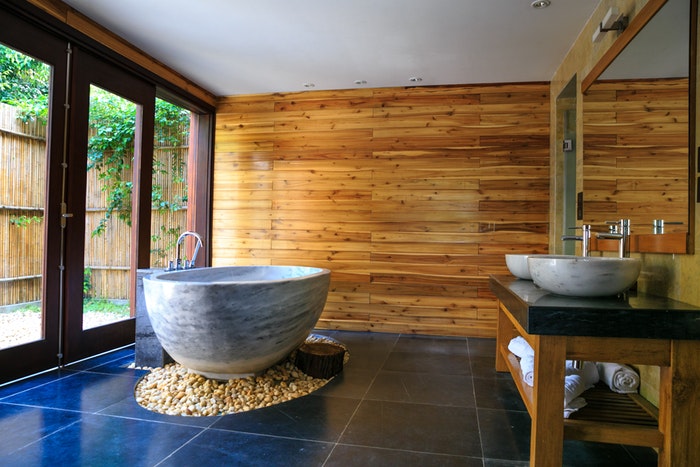
What Is It?
Home staging is an important step in a real estate marketing campaign. Particularly, showcasing a beautifully staged property in the listing significantly helps get more prospective buyers willing to get a tour. According to the Profile of Home Staging report by the National Association of Realtors, 38% of buyers are more willing to walk through home they saw online.
However, renting luxurious items to make a property look the best it can is not within everyone’s budget. Digital technologies give home sellers and their agents a more cost-efficient alternative. Instead of using real furniture, fixtures, and decorations to stage a home or office, virtual staging uses virtual items.
All items are removed from the space to be staged. High-quality digital photos are then taken throughout the property.
The property’s owner or representative selects digital photos of both the building and the desired furniture, fixtures, and decorations. A photo editor adds the images of the selected items to the building’s images.
Benefits
Virtual staging has its own benefits in comparison to the traditional one.
- It’s much less expensive than traditional staging. No money has to be spent for moving items in and out of the property. And editing photos is less costly than renting furniture.
- The decorating scheme can be tailored to likely buyers. The options are unlimited—from traditional country to urban chic.
- Potential buyers can more easily see themselves living in or using the property.
#3 3D Tours

What Is It?
A 3D tour is created with a specialized camera, a tablet, and 3D software. The camera, mounted on a tripod, is placed every 5-10 feet throughout the tour space. At every placement, the camera (controlled with the tablet) takes a 360-degree video image. The separate video images are stitched together, by using the software, into the 3D tour.
Benefits
3D tours provide the same benefits as 360-degree photos: saving time for marketing and higher conversion rates. However, they also offer additional features that allow to see the property in more detail.
When using a virtual reality headset, a 3D tour creates the illusion of being in the actual building. Not only does the buyer see what is directly in front, but they also have a peripheral vision of the property as well. When the buyer’s head moves the image, follows the head motion.
With a headset the buyer experiences a virtual showing of a property as if they were at the site, but a 3D tour can also be experienced on a flat-screen device. In this case the sense of immersion in the image is somewhat lessened. You can see this wonderful example of a 3D tour on the Houston website of Keller Williams Realty—the national leader in the American real estate industry.
#4 Video Walkthrough Tours
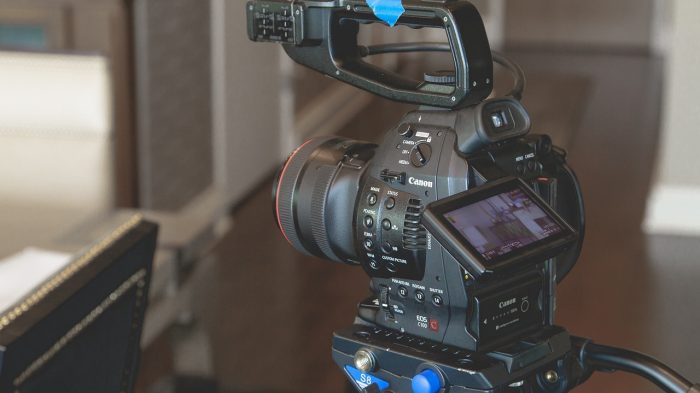
What Is It?
A simple video walkthrough tour requires only a smartphone and a walkthrough plan. The property’s owner or representative starts the video recording and begins to move through the building—stopping and starting the video as needed.
For more expensive properties that demand higher quality videography, professionals can be hired. Using high-end lighting and cameras, they can create a cinematic quality tour.
Benefits
A video walkthrough tour made with a smartphone and uploaded to a marketing site can be created at almost no cost. At this level, a video walkthrough tour is the most cost-effective method of visual real estate marketing.
A video walkthrough with a voiceover to talk about the property is the best way to create a human presence with the buyer. A guided tour of this type is the best way to engage a buyer who is searching for residential or commercial real estate online.
#5 Drone Photography
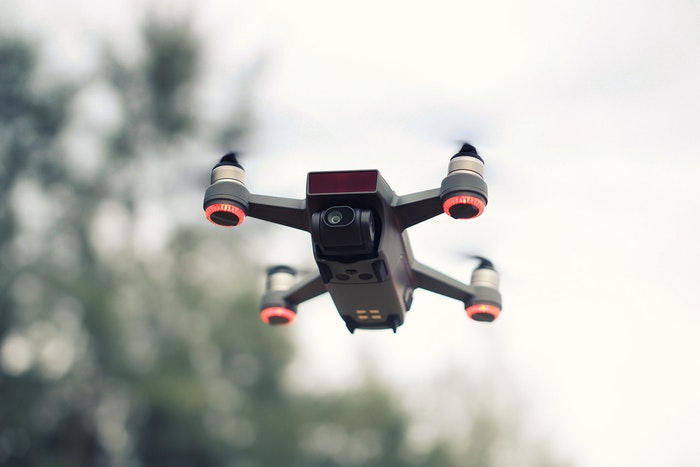
What Is It?
Before the introduction of drones to the general public, aerial photography required the use of some type of aircraft, plus a pilot and photographer. Elevated photography has also been used to save money by emulating aerial photography through the use of masts or poles.
Drone photography consists of a compact drone (equipped with a specialized camera) that is operated remotely. A skilled drone operator can take videos and photographs with the drone as if the operator is free-floating with a camera.
Benefits
Drone photography is much less expensive than aerial photography with manned aircraft. A drone can be purchased for a little more than renting a helicopter for an hour. The photographer operates the drone as well as the camera equipment. So there’s no need for a pilot.
However, it is important to follow the current Federal Aviation Administration guidelines that can be found on FAA.gov to be able to use a drone for commercial purposes.
“Drone photography is rapidly replacing elevated photography,”—shares Eddie, the owner of a photography and videography company Pixel Studio Productions in Houston, TX— “while more expensive than mast photos, a drone isn’t limited by the length and location of the mast.
Moreover, for a professional, it makes sense to invest in a drone rather than dealing with transportation of old-school elevated photography equipment every time. Taking into consideration the convenience and more options drones offer, it’s safe to say that it’s also a more cost-efficient option. Because of happier clients and time saved, the investment gets paid off over time”.
#6 Mobile-Friendly Images
What Is It?
Most people use mobile devices (smartphones and tablets) for internet searches. Any visual real estate marketing should be optimized for mobile devices. Optimization consists of automatic scaling of images from a size appropriate for a smart TV down to a smartphone, so they load faster on a mobile device.
Benefits
When websites are optimized for mobile devices, the images are responsive to the device. This is important, as according to the research by Google, waiting for more than 3 seconds for a page to load makes 53% of users leave the site. So a properly optimized site that works fast on mobile devices helps real estate professionals retain potential clients and provides clients with a better user experience.
For example, a buyer is driving in an area of a city where they want to purchase an office building. After noticing a realtor’s sign at a promising location, they pull into the building’s parking lot. And instead of going back to the office to visit the realtor’s website, they access the site from their smartphone.
When visual real estate marketing is mobile-ready, buyers can view the property if they are in their home or office, or if they are on the go.
Find a Home-Based Business to Start-Up >>> Hundreds of Business Listings.











































